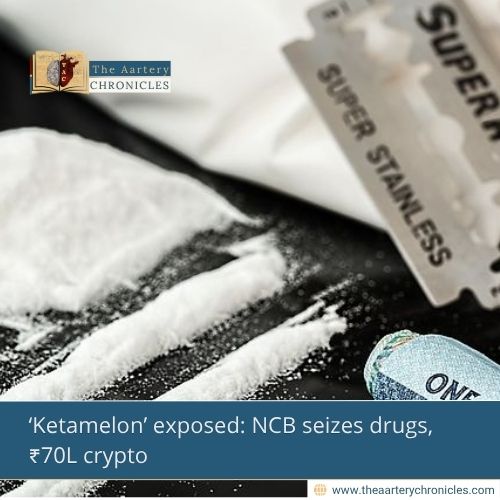

Is Your Water Safe? Nitrate Levels Surging in India's Wells
Groundwater across 440 districts in India has been found to have high nitrate levels, according to the “Annual Groundwater Quality Report – 2024” released by the Central Ground Water Board (CGWB). Alarmingly, 20% of the samples tested exceeded the permissible nitrate concentration of 45 milligrams per liter (mg/l), set by the World Health Organization (WHO) and the Bureau of Indian Standards (BIS).
Key Findings of the Report
- Widespread Contamination: Rajasthan, Karnataka, and Tamil Nadu reported the highest nitrate contamination, with over 40% of samples exceeding safe limits. States like Maharashtra (35.74%), Telangana (27.48%), Andhra Pradesh (23.5%), and Madhya Pradesh (22.58%) also showed significant contamination.
- Safe Zones Identified: In contrast, all samples from Arunachal Pradesh, Assam, Goa, Meghalaya, Mizoram, and Nagaland were within safe limits.
- Trend Analysis: While nitrate levels in Rajasthan, Madhya Pradesh, and Gujarat have remained stable since 2015, states such as Uttar Pradesh, Tamil Nadu, Andhra Pradesh, and Haryana have seen rising contamination between 2017 and 2023.
Health Risks of High Nitrate Levels
Excessive nitrate in drinking water is linked to serious health problems, such as blue baby syndrome in infants, which reduces oxygen levels in their blood. Long-term exposure can also lead to other health complications, making this a significant public health concern.
Causes of Nitrate Contamination
- Agricultural Practices: Overuse of nitrogen-based fertilizers in farming and poor irrigation management push nitrates deep into the soil, contaminating groundwater.
- Animal Waste: Improper disposal of livestock waste adds to the problem by releasing nitrates into the soil.
- Urban Growth: Rapid urbanization and inadequate wastewater management increase nitrate levels in groundwater due to leaking septic systems and poor sewage disposal.
Fluoride, Arsenic, and Uranium: Other Contaminants of Concern
Apart from nitrates, the report highlighted other groundwater contaminants:
- Fluoride: Over 9% of samples had fluoride levels above the permissible limit, especially in Rajasthan, Haryana, Karnataka, Andhra Pradesh, and Telangana. Prolonged exposure can lead to fluorosis, causing bone and dental problems.
- Arsenic: Nearly 3.55% of samples showed arsenic contamination, mainly in the floodplains of the Ganga and Brahmaputra rivers. States like West Bengal, Bihar, and Assam are severely affected. Chronic arsenic exposure can cause cancer and skin lesions.
- Uranium: Elevated uranium levels were found in regions such as Rajasthan and Punjab, with 42% and 30% of samples exceeding the safe limit of 30 parts per billion (ppb), respectively. Long-term exposure to uranium can harm kidney function.
Critical Groundwater Stress Zones Identified
The report revealed that contamination hotspots often overlap with regions classified as over-exploited or critical groundwater stress zones. These areas, including parts of Rajasthan, Gujarat, Haryana, and Punjab, face additional challenges due to the deepening of water levels and over-extraction.
Urgent Need for Sustainable Solutions
The findings of the CGWB report underscore the need for immediate action to mitigate groundwater contamination. Efforts should focus on promoting sustainable agricultural practices, improving waste management, and strengthening groundwater monitoring systems. By addressing these challenges, India can safeguard its water resources and public health.
Conclusion
Groundwater contamination poses a severe threat to millions across the country. With coordinated efforts and policy reforms, it is possible to tackle this issue effectively, ensuring safe and clean drinking water for future generations.
Source: Inputs from various media Sources
I’m a pharmacist with a strong background in health sciences. I hold a BSc from Delhi University and a pharmacy degree from PDM University. I write articles and daily health news while interviewing doctors to bring you the latest insights. In my free time, you’ll find me at the gym or lost in a sci-fi novel.









